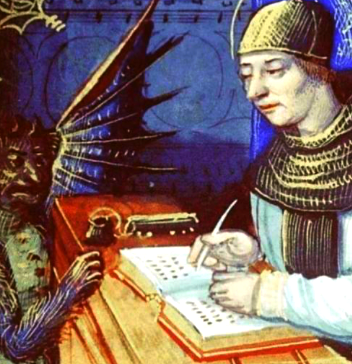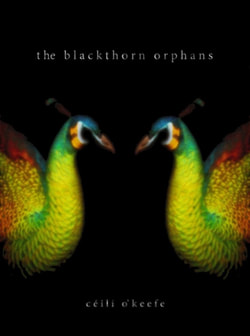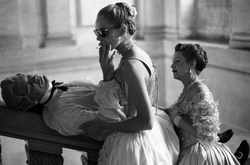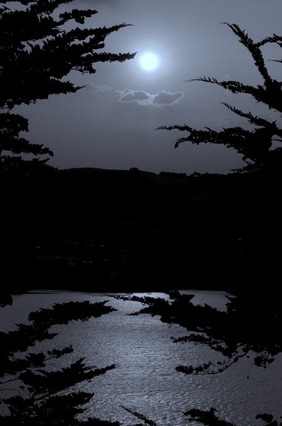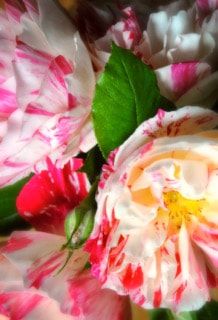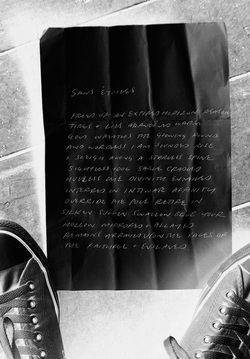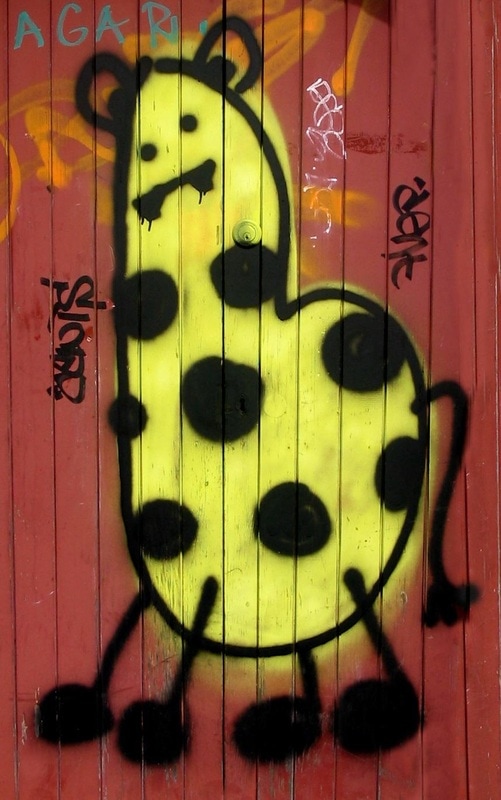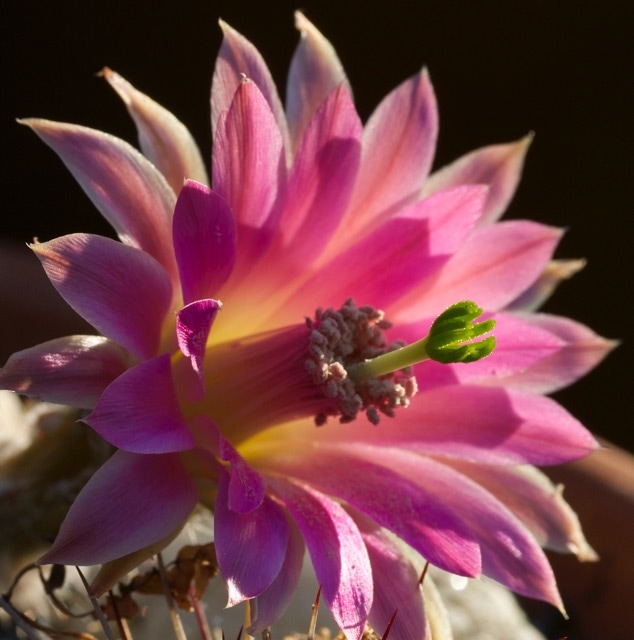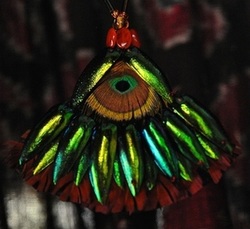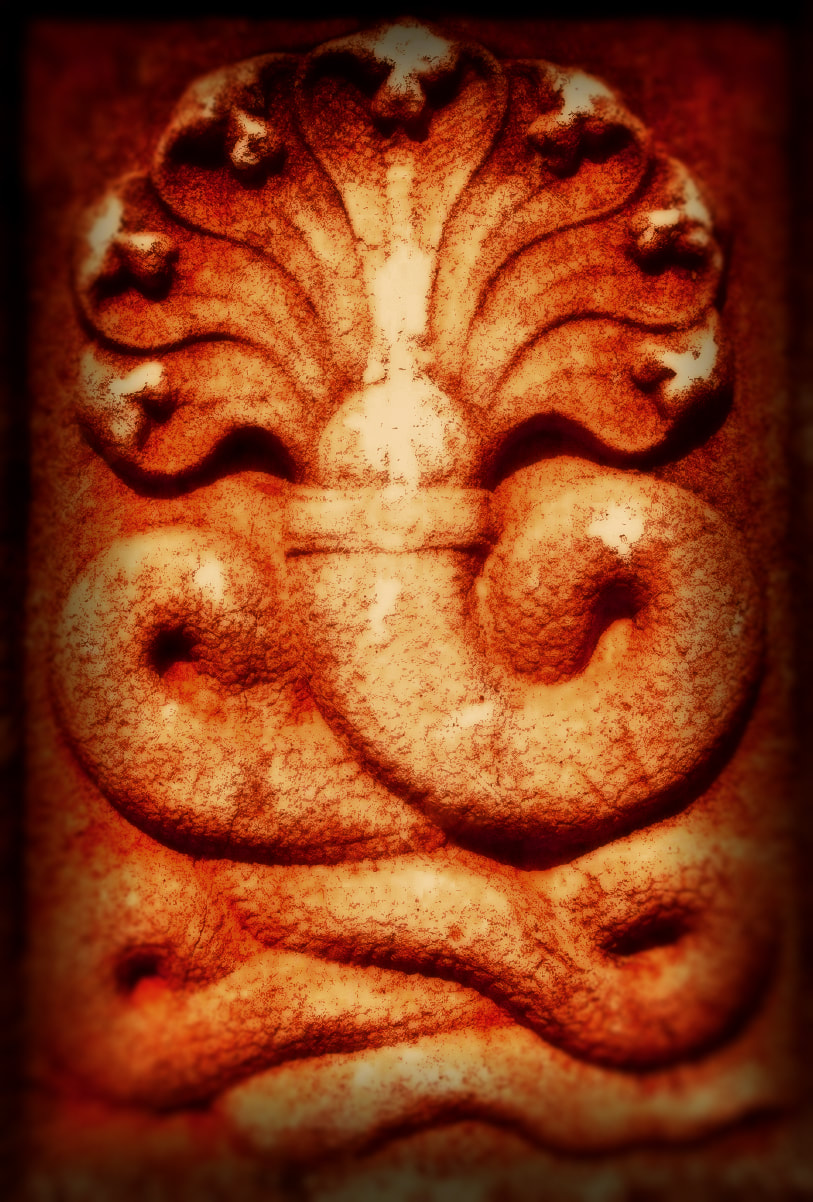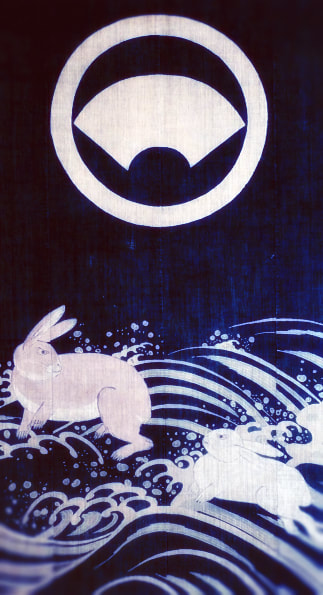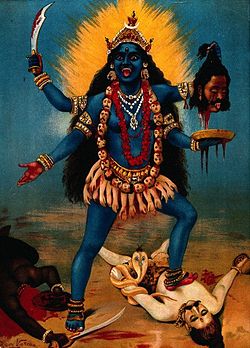 Kālī, Chromolithograph by R. Varma (PD).
Kālī, Chromolithograph by R. Varma (PD). To be confronted with the extent to which your ancestors were headhunters and obsessive skull collectors is a strange sensation. It is stratified; into academic acceptance, psychological rationalization and then personal reflection, the latter process enlivened by looking around at the number of masks lining the walls and realizing they are rolling their eyes and saying duh- you have a thing for heads. There is even a medical skull, Laxshmi, sitting on the dresser in the bedroom in her place of honor. In my own work, Kãla'amãtya exhibits the itchy recidivist need to truncate provocateurs and I've always given him a pass for pruning the deserving. Hey- maybe it's genetic.
I do not personally assign any religious or superstitious significance to the head per se; it is the seat of speech, that most overrated human quailty, and the thoughts that drive the yapping. Visitors have occasionally expressed discomfort at having to sit in a nest of staring faces but I don't redecorate due to popular demand. The only mask that really gives me pause or expresses discreet energy is our most serendipitous acquisition; Rangda, the Balinese bitch, the ür-witch strutting on the margins of pagan consciousness in her various guises.
Rangda is queen of the leyaks in Balinese mythology, a class of vampiric demons that leave their otherwise unremarkable bodies at night and fly in the form of gut-trailing heads, seeking childrens' blood for nourishment. Death and illness are attributed to them and local healers will consult the unseen world for intelligence of their activities. Whether Rangda herself participates in these aerial shenanigans is not really specified; as a widow and outcast, her beat is the graveyard, where her dance masks are housed in dedicated shrines, swathed in muffling white cloth. She is obviously rooted in Kālī, that cobalt OG imported around 1500 years ago with the Subcontinental Hindu lore that still dominates Balinese life, sifted through the native fabric, gilded, fanged and set against Barong, the resident hero.
As with most institutionalized deities we find in Kālī/Rangda a piece of the original- the femme sacré shoved sideways, her atom split into limited aspects by cultures seeking to plane away the complications and frame woman as the passive emotional provider, the succorer, taking the burden of compassion and engagement from masculine shoulders and enclosing her in the stagnant roles of kenneled honour-object and heir-factory. Kālī has suffered the orthodox knife and swims alone in the crowded Durga Complex of disembodied attributes, but it is still striking to discover that she has retained that most problematic of feminine tendencies - discretion - and does not deliver on demand; no worshipper can expect to be favored or comforted any more than if they had appealed to Zeus or Apollo. In Kālī we find the extremes and volition formerly attributed to the shady ranks of proto-skirts so busily edited by monotheism.
Rangda's narrative holds onto some of these broader attributes, circling her roles both as traditional wife and independent agency, her rage on behalf of her slighted daughter painted darkly, though there is no real desire to curtail her; it is hard to know who's winning for the best part of her conflicts with Barong and it is not much of a comfort to see her mask stowed for the next campaign. She is regarded with an almost Tantric fatalism as an essential element of commonplace reality. She may be hostile, but she has her reasons.
Our Rangda surprised us when she arrived in a box of newspaper after having been purchased for a pittance in an online auction. She is older than the tourist versions; mid 20thC, we'd say, cut from softwood to be danced with her enormous horsehair wig and wily eye slits. Her pigments are faded; she wears a ghostly matte gesso and contours smoothed by endless hours of hand carving and sanding. Her teeth are gilded pig tusks, her great tongue formed from an intricate lattice of leather and velvet and mirror. By day she oversees us with a stare both fixed and avid but it is at night that she seems inhabited, a quality we failed to capture even with candlelit images. To see Rangda in the round you'll have to watch the excellent recordings Sir David Attenborough made in 1969 of their ouvre, including the mesmerizing sanghyang possession dances. Or take a trip to Bali. There are worse things you could do.

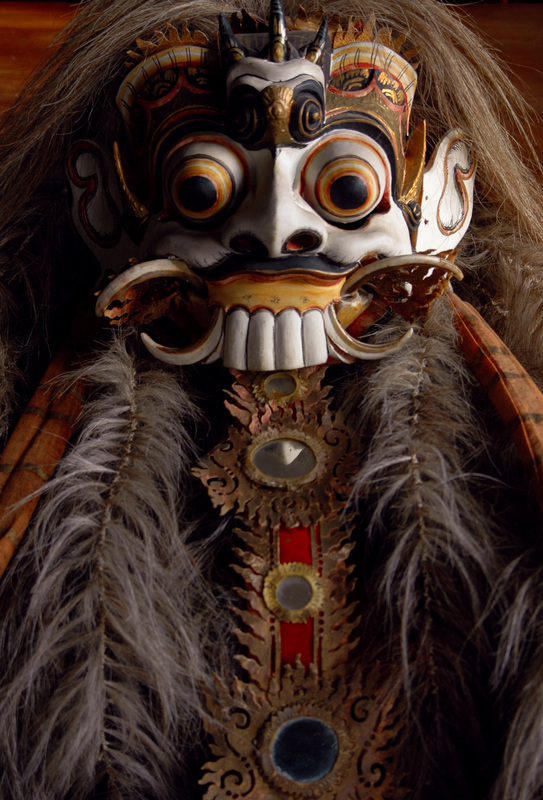
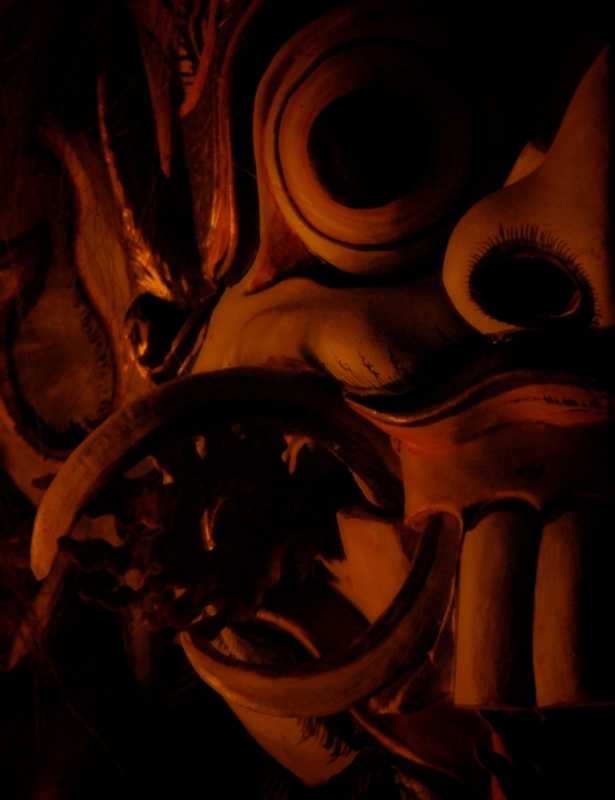
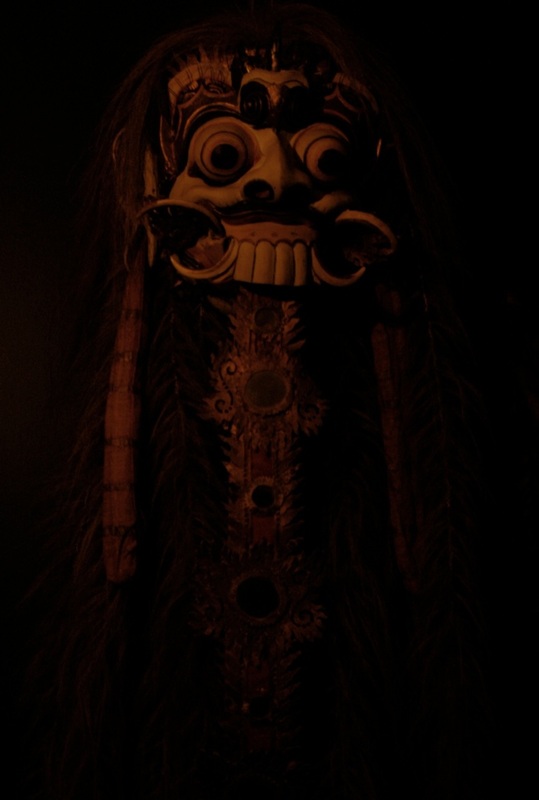
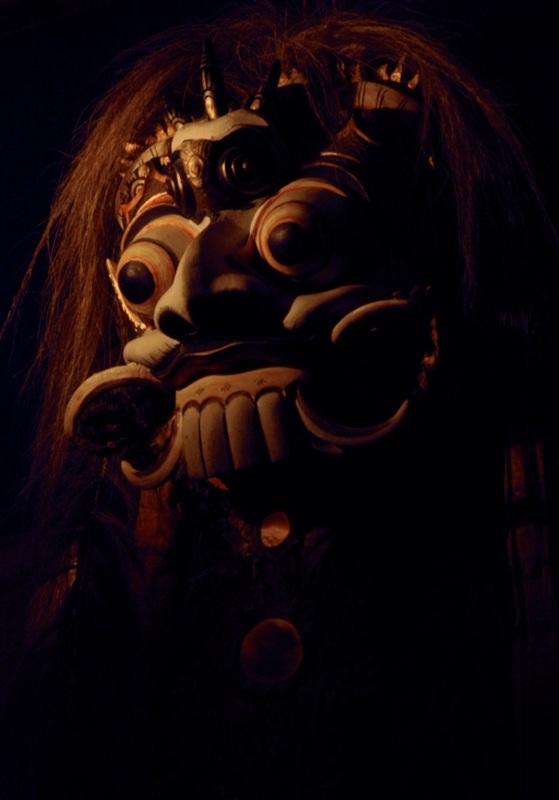
 RSS Feed
RSS Feed

